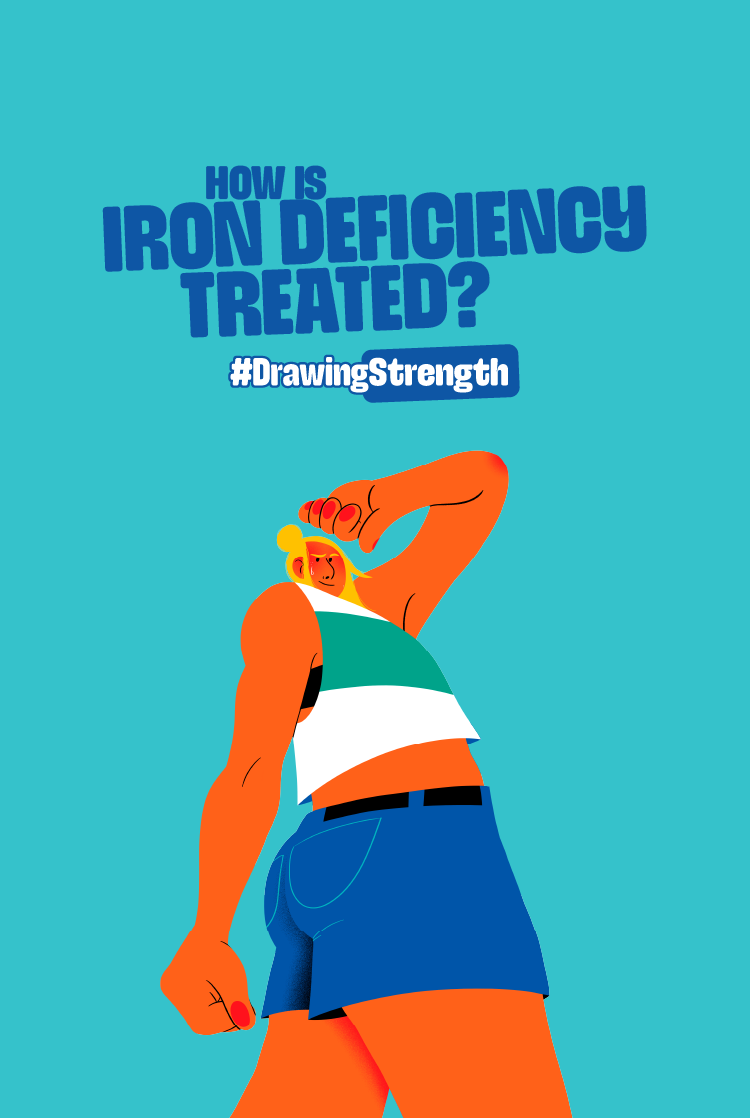Explore resources designed to help you get answers, feel confident in your care and take the next step towards feeling better.
References:
- Alleyne M et al. Individualized treatment for iron deficiency anemia in adults. Am J Med 2008;121(11):943–8.
- Iolascon A et al. Recommendations for diagnosis, treatment, and prevention of iron deficiency and iron deficiency anemia. Hemasphere 2024;8(7):e108.



